Why is role-based access
control important?
Role-based access control includes management of onboarding, skills, calendars, roles, profiles and everything related to platform users. This guarantees control and management of user information, which is key to achieving optimal process automation and to creating effective business applications.
How does role-based access control work?
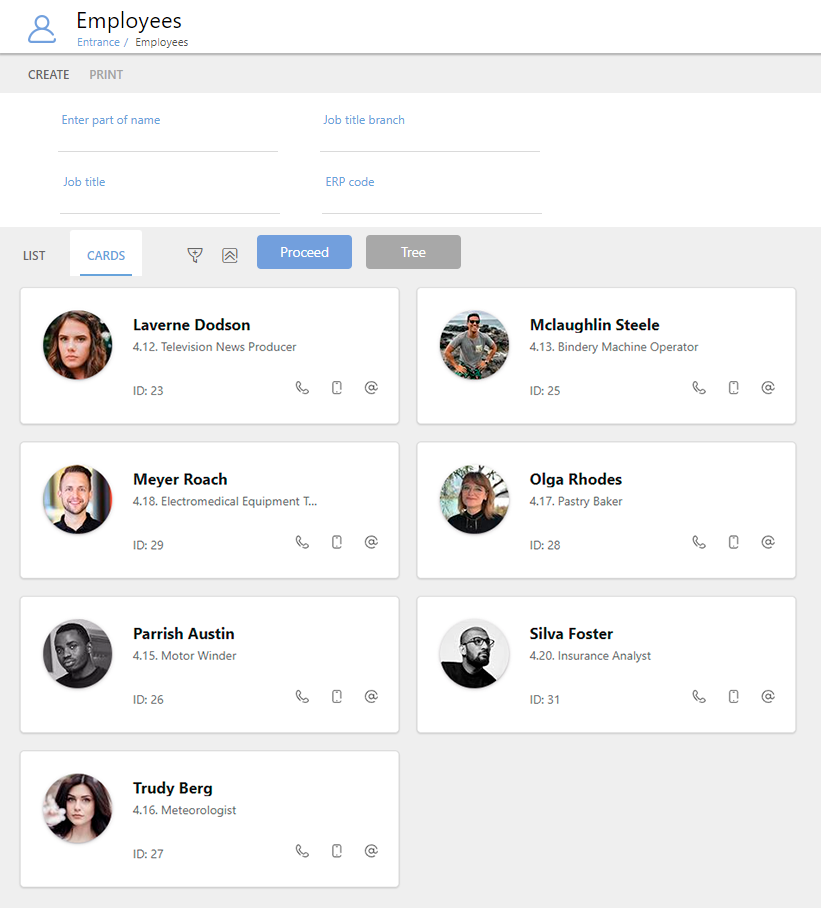
User management
AuraQuantic caters for two types of users:
The platform includes features to manage and control user access such as onboarding and offboarding, absences, knowledge share, credentials, agendas and license allocation.
It can also be used to manage user groups, members, departments, hierarchy and task delegation options.
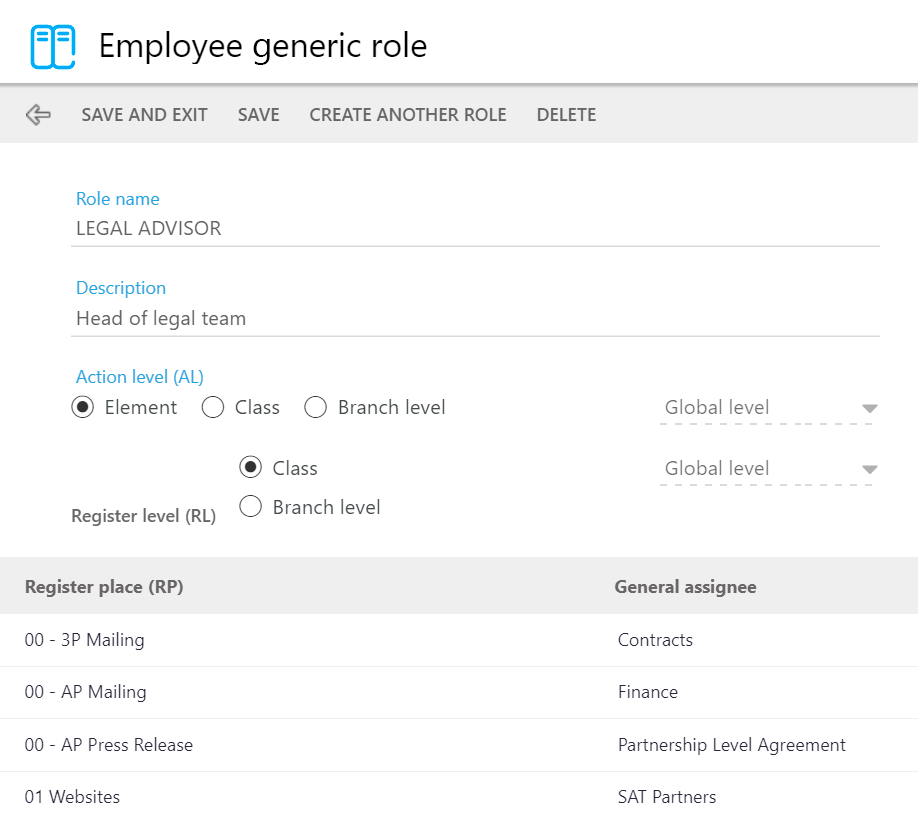
Define roles
Role definition consists of assigning activities and permissions to individual users and groups of users.
Singular role
Assign tasks to a specific individual or group.
Generic role
A list of multiple users or user groups that can perform a task. When a task it sent, the system consults the list and chooses the most appropriate user. The choice of user will depend on contextual information in the process or application.
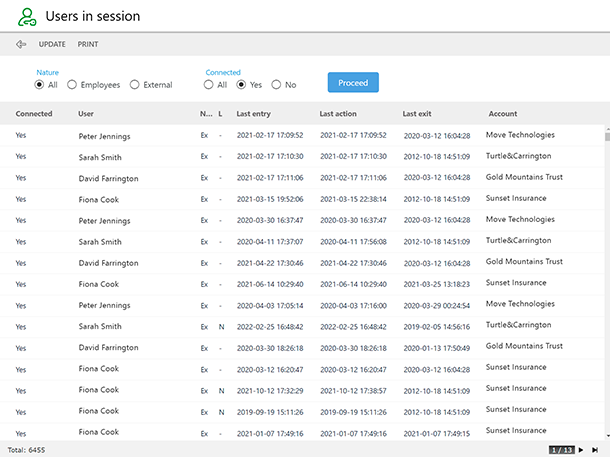
Activity monitoring
User activity log including records of entry, exit and areas visited.
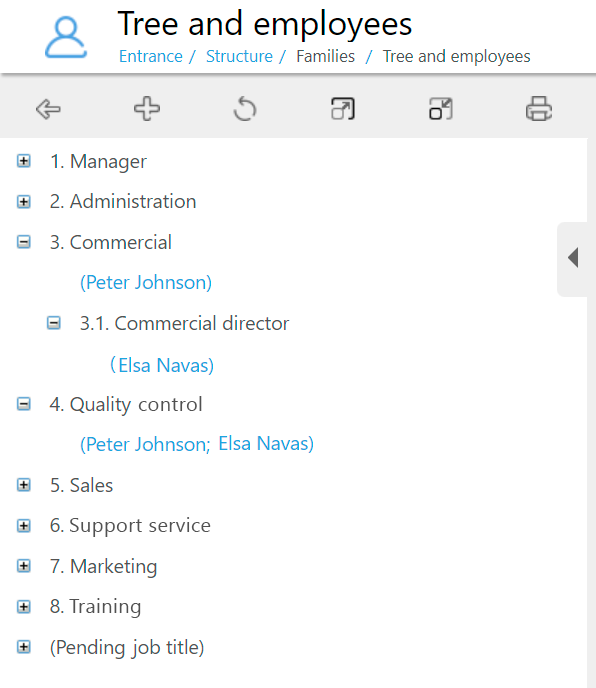
Employee organization chart
The chart represents the hierarchy of departments or teams in the company and indicates supervisors and managers.
In the case of staff absences, tasks can be automatically reassigned to another user according to hierarchy or by assigning a substitute.
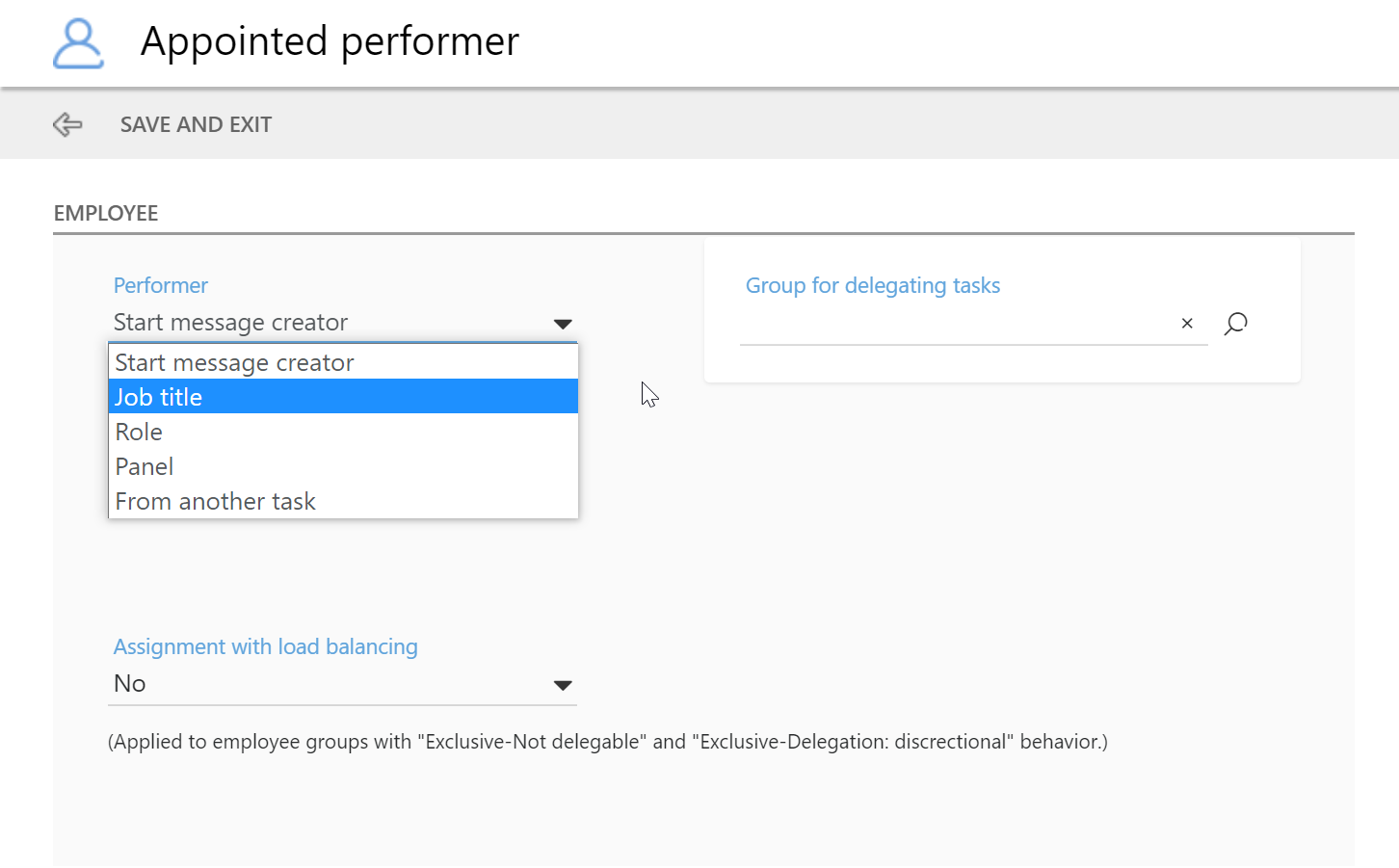
Task allocation
Tasks can be assigned to individuals, groups, departments, predefined work teams, lists of users, roles and responsibilities using contextual information from the process or application.
All the above options include different delegation possibilities.
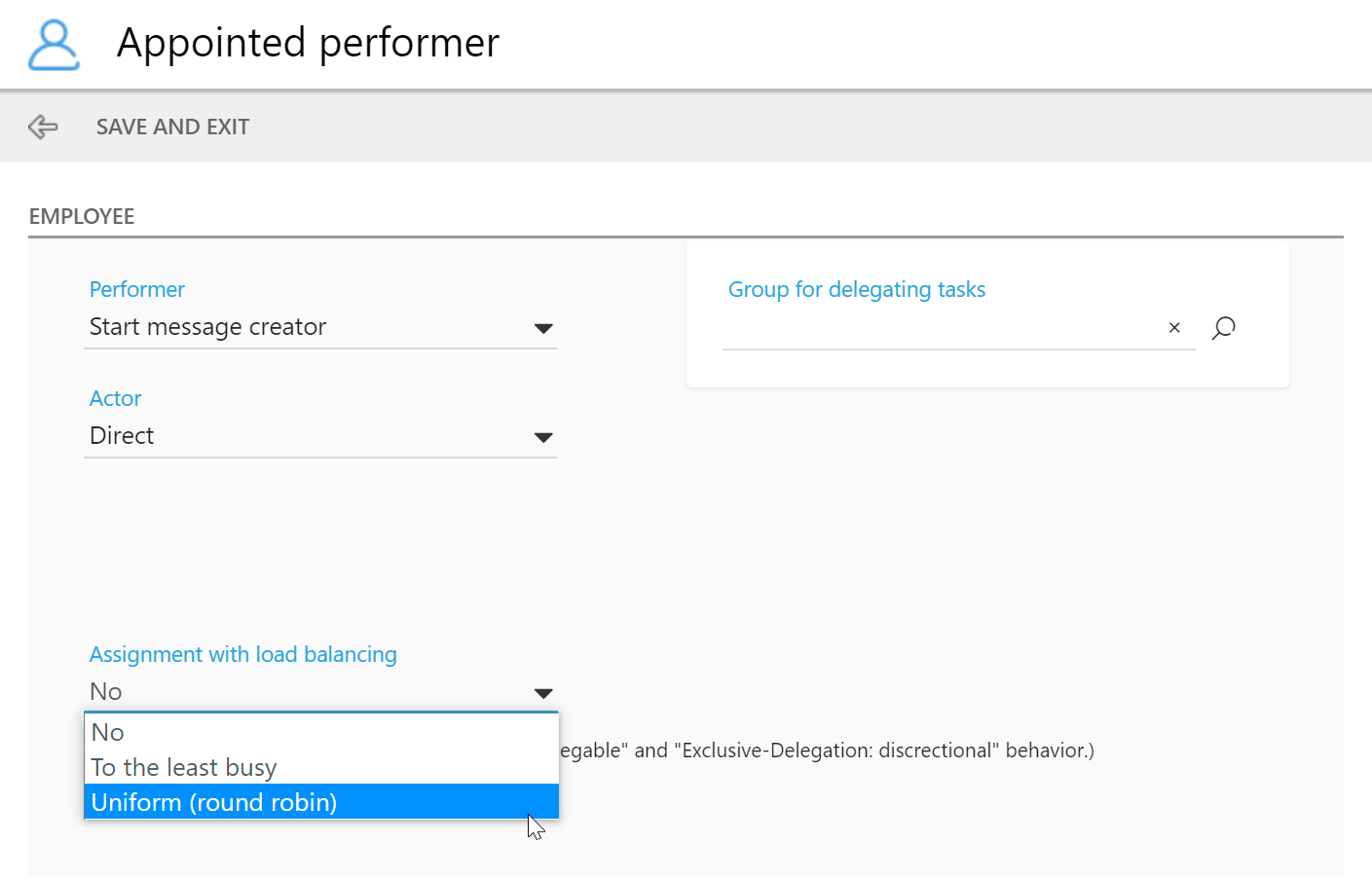
Workload balancing
This consists of defining different types of load distribution, when a task is sent to a group.
Manual balancing
Automatic balancing
Role-based access control guarantees control of projects and business activity, with multiple benefits
Optimization of operational efficiency.
Increased visibility of cross-team activity.
Improved compliance with regulations, such as GDPR.